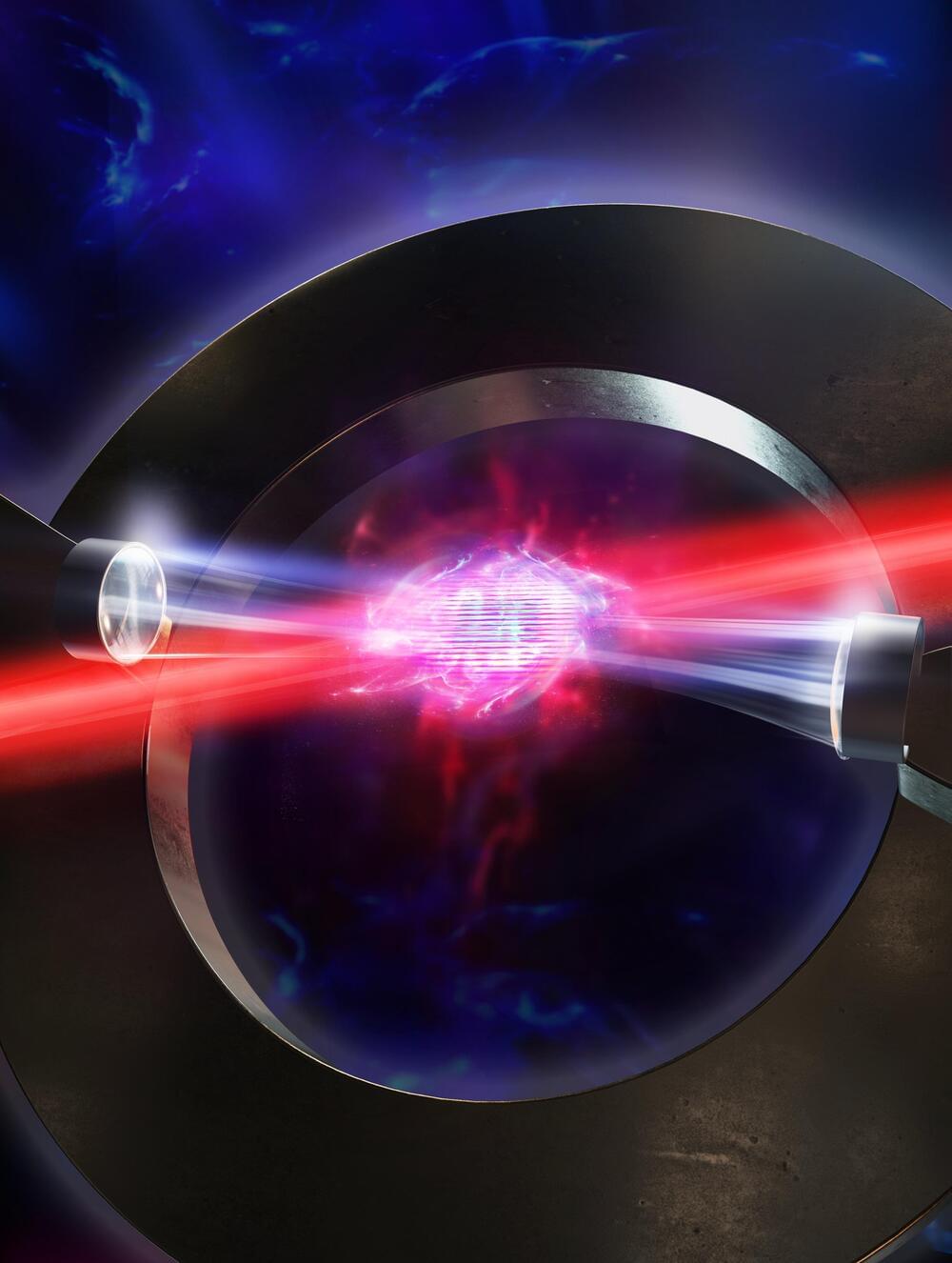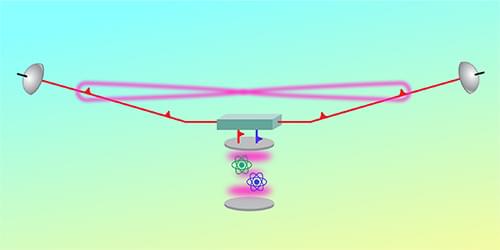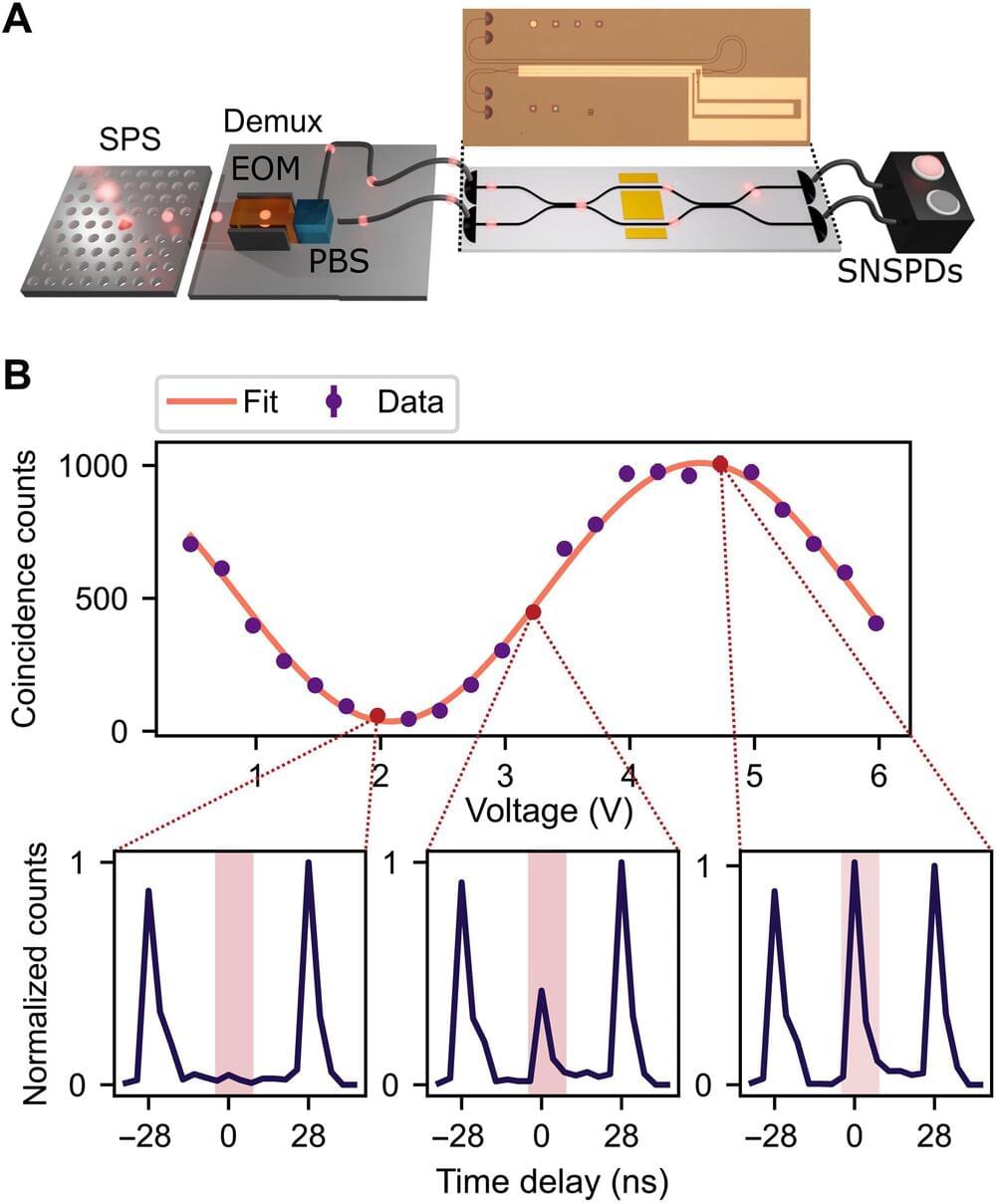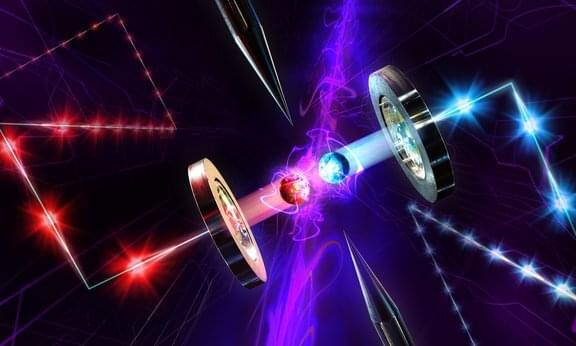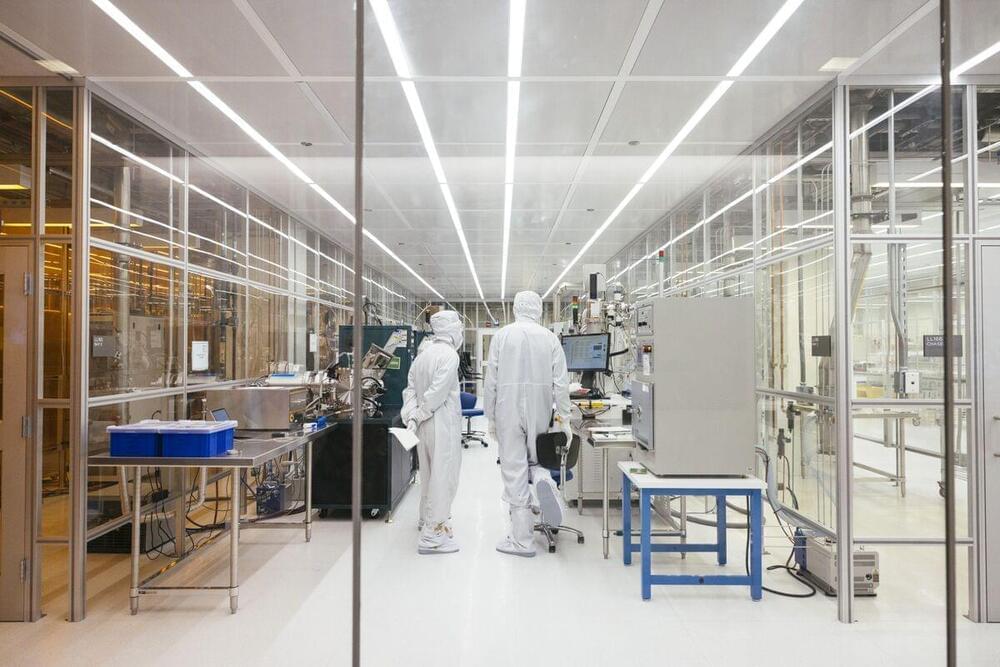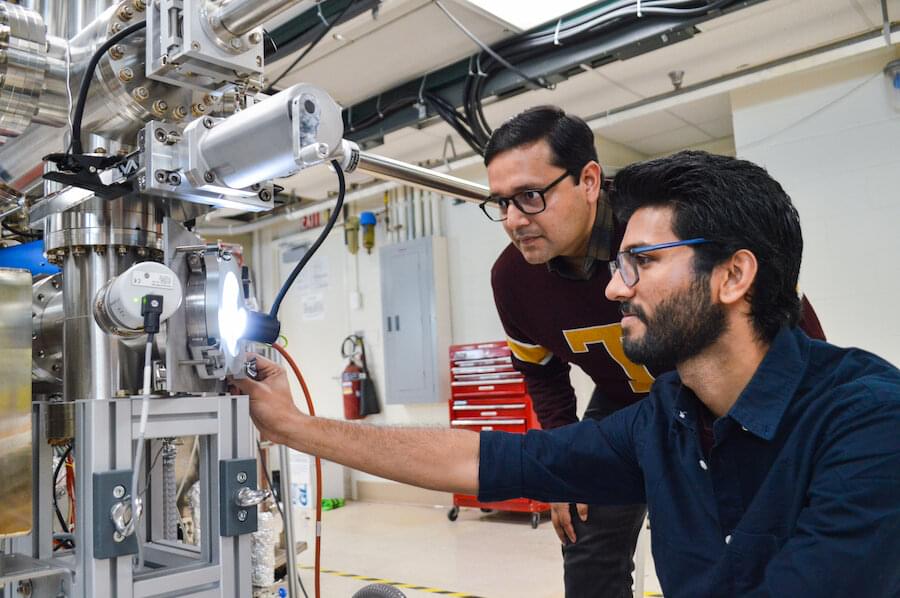Magnetic materials with a triangular lattice have been the focus of numerous research studies, as theoretical predictions suggest that they could exhibit spin liquid states. These are quantum phases of matter that present interesting characteristics, such as quantum entanglement and fractionalized excitations.
While there have been numerous experimental efforts aimed at observing these fascinating phases in materials with a triangular lattice, this has so far proved to be very challenging. A key reason for this is that weak spin-orbit coupling and other perturbations in these materials typically result in conventional spin freezing or magnetic states.
Researchers at University of California, Boston College, Oak Ridge National Laboratory and the National Institute of Standards and Technology were recently able to produce a quantum disordered ground state in the triangular lattice-magnet NaRuO2. Their findings, published in Nature Physics, suggest that this state was enabled by the cooperative interplay between spin-orbit coupling and correlation effects in the magnetic material.


